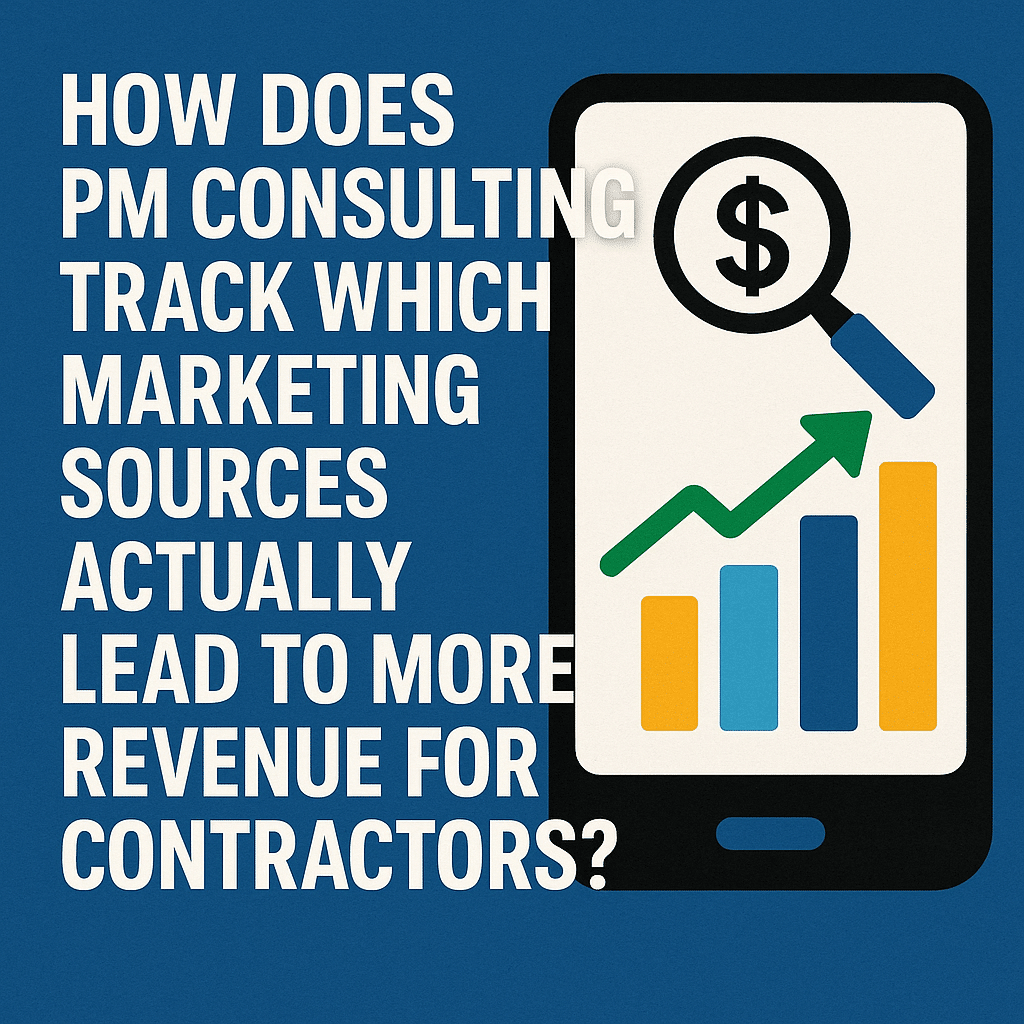What Are the 4 Main Marketing Strategies?
Marketing isn’t just about running ads or throwing up Instagram posts. It’s about knowing where your business stands and where it wants to go. That’s where the 4 main marketing strategies come in. Let’s break them down so you can actually use them—not just memorize them.
Why Every Business Needs a Clear Marketing Strategy
The Problem With “Just Posting”
Too many small business owners fall into the “post and pray” trap. You post a random offer on Facebook and hope someone bites. That’s not marketing. That’s gambling.
Strategy vs Tactics: Know the Difference
Posting on Instagram is a tactic. Deciding that you want to grow your market share by undercutting the competition on price? That’s a strategy. Big difference.
The 4 Main Marketing Strategies Explained
These strategies come from something called the Ansoff Matrix. Sounds fancy, but it’s just a box with four options. Here they are:
1. Market Penetration
This is about selling more of what you already sell… to the people you’re already selling to.
Example: Competing on Price or Volume
Let’s say you run a landscaping business. You lower prices or offer a referral bonus to current customers so they bring in their neighbors. That’s market penetration.
2. Market Development
Here, you take your existing products or services and sell them to new markets.
Example: Selling in New Locations
If you’re a contractor in North Bay and decide to start advertising in Sudbury or Toronto, that’s market development.
3. Product Development
Now you’re making something new to sell to your current customers.
Example: Innovating for Existing Customers
Maybe you run a cleaning company. You add carpet cleaning or offer an eco-friendly package. Same clients, new offer.
4. Diversification
You’re launching new products into brand-new markets. Risky, but it can pay off.
Example: Entering a Brand-New Market
You own a roofing company but decide to start a drone roof inspection service for insurance companies. That’s diversification—new market, new offer.
How to Choose the Right Strategy for Your Business
Ask These 3 Questions
- Do I know this market well?
- Do I have the resources to expand or innovate?
- Am I looking for fast wins or long-term gains?
Know Your Risk Tolerance
Penetration = safe.
Diversification = wild ride.
Pick your poison.
Market Penetration: Digging Deeper
When It Works Best
- High competition
- Lots of customers in your area
- You have room to lower prices or increase service speed
Tools and Tactics You Can Use
- Loyalty programs
- Discounts or bundled services
- Customer reviews and referrals
Market Development: Go Where the People Are
Go Local, Regional, or Global
Start small. Target a neighboring town. Then expand.
Partnerships and Franchising
Sometimes, it’s smarter to team up than go it alone. Partner with local businesses or explore licensing deals.
Product Development: Stay Fresh
Innovating Based on Customer Feedback
Listen to your customers. What else do they need? What annoys them about competitors?
Cross-Selling & Upselling Smartly
Offer more services or upgrades during the sale. It’s easier than finding a brand-new customer.
Diversification: Big Bets, Big Gains (or Losses)
Related vs Unrelated Diversification
- Related: A painting company starts selling custom murals.
- Unrelated: That same painting company opens a coffee shop.
Case Studies of Big Wins and Flops
- Amazon → AWS (win)
- New Coke → disaster
Mistakes to Avoid With These Strategies
Don’t Mix Everything at Once
Pick one lane. Don’t try to do all four at the same time. That’s how you burn out.
Measuring the Wrong Metrics
Focus on what matters—leads, conversions, revenue—not likes or vanity metrics.
How the 4 Ps Fit Into These Strategies
The 4 Ps—Product, Price, Place, Promotion—are how you execute the strategy.
- New product = tweak your product and promotion.
- New market = adjust place and price.
- You get the idea.
Real-World Examples of Each Strategy
- Market Penetration – McDonald’s running combo deals.
- Market Development – Starbucks launching in new countries.
- Product Development – Apple adding new iPhone models.
- Diversification – Virgin launching airlines, music labels, and gyms.
Final Thoughts: Keep It Simple, Keep It Strategic
Pick a strategy based on where you are and where you want to go. Don’t overthink it. Strategy gives your marketing purpose. Without it, you’re just throwing stuff at the wall and hoping it sticks.
FAQs
1. What’s the safest marketing strategy to start with?
Market penetration. It builds on what you already know and what your customers already trust.
2. Can a small business use all four strategies?
Yes, but not at once. Focus on one until it works, then layer in others.
3. How do I know if my strategy is working?
Watch your numbers—leads, revenue, repeat business. If they’re growing, you’re on the right path.
4. Is diversification too risky for startups?
Usually, yes. Startups should master one offer in one market first.
5. How do I create a strategy that stands out?
Combine what your customers need with what your competitors ignore. That’s where the magic is.






















